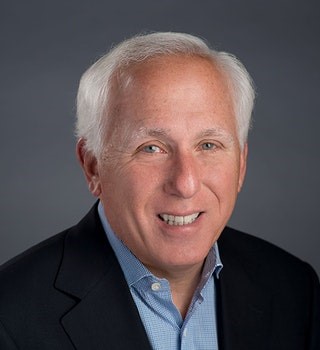Last week in Don’t Forget to Consider the Severity of Your Claim, I wrote about what severity means in the insurance context. We also started to talk about how severity can affect whether the insured’s claim was handled fairly by the insurer. Let’s hear a little more about what some of these carriers have to say about it and whether it makes sense to you.
A Product Line Manager for Safeco explained that there is more than one type of severity:
I have three severity goals, an APD which was property damage on auto for third parties; an ABI {Auto Bodily Injury} goal that’s capped for Colorado; and an ABI goal that is uncapped for Colorado.
(Deposition of Sean Vizyak, a Product Line Manager for the Personal Lines Liability Department for Safeco in 2005; in the matter of Brown v. American States Preferred Insurance Company).
He went on to explain that “capped” severity is where the insurer takes all the ABI payments and then ascertains whether any particular individual accounted for more than a certain dollar amount in an effort to get a more consistent look at how the payments are being made. “Uncapped severity” is looking at pure dollars paid, divided by the number of claims settled, over a certain period. Typically, these figures are monitored on a monthly basis and on a 12-month rolling basis. As mentioned last week, the lower the severity for an adjuster, the better the adjuster’s performance is deemed to be.
Liberty Mutual has implemented a program that works very much like Safeco’s severity. A claims Manager for Liberty Mutual defined severity as a “median of all claims” and went on to explain how it morks. (Deposition of Jay Anderson, at one time a Liberty Mutual Claims Manager for Property Claims, in the matter of O’Toole v. Liberty Mutual Insurance Company). Annually, Liberty Mutual makes sure that the property loss payments are within the goals or established limits. When evaluating the performance of a claims employee, one of the business objectives was to control property loss payments. The objective criteria used to evaluate how the claims operation was controlling property loss payments was called “pure premium.” “Pure premium” is the total amount paid on claims, exclusive of claims expenses, divided by the number of homes insured by Liberty Mutual. A reduction in pure premium is favorable to Liberty Mutual. As such, claims adjusters were evaluated upon how much they were able to reduce their pure premium payments within a particular time period.
Claims handling experts will tell you that programs like Safeco’s severity goals and Liberty Mutual’s pure premium criteria have both been used to measure company profitability and to evaluate employee performance. They are both well thought out processes that involve a very detailed analysis of claims handling. They may vary in terms of how the calculations and formulas are set up, but the end result is virtually the same.
The problem arises when those well thought out processes are aimed at increasing company profits at the expense of policyholders who paid a pretty premium for coverage. You can see the conflict: claims adjusters receive bonuses and job security by paying less on claims, while policyholders need prompt payment of the insurance they purchased so that they can put their home or business back together. It is this conflict that many find offensive and it is the reason claims handling experts opine that severity should not be used to evaluate the performance of claims personnel or as a basis for bonuses.




